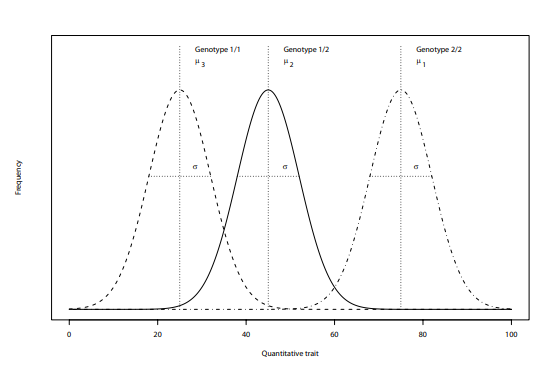SNaP stands as a robust simulation program designed for the analysis of haplotypic and genotypic data related to single nucleotide polymorphisms (SNPs).
The SNaP software generates data sets of sequences of single nucleotide polymorphisms (SNPs) and corresponding phenotypic expressions. It is as- sumed that the SNPs occur in independent blocks of linkage disequilibrium (LD).
Each of these blocks has the potential to harbor a causative SNP that can influence an optional phenotypic expression. This expression can manifest as either a qualitative trait (affection status) or a quantitative trait (QT). These features find application in diverse scenarios, ranging from haplotype-based association analysis to QTL (Quantitative Trait Locus) analysis.
